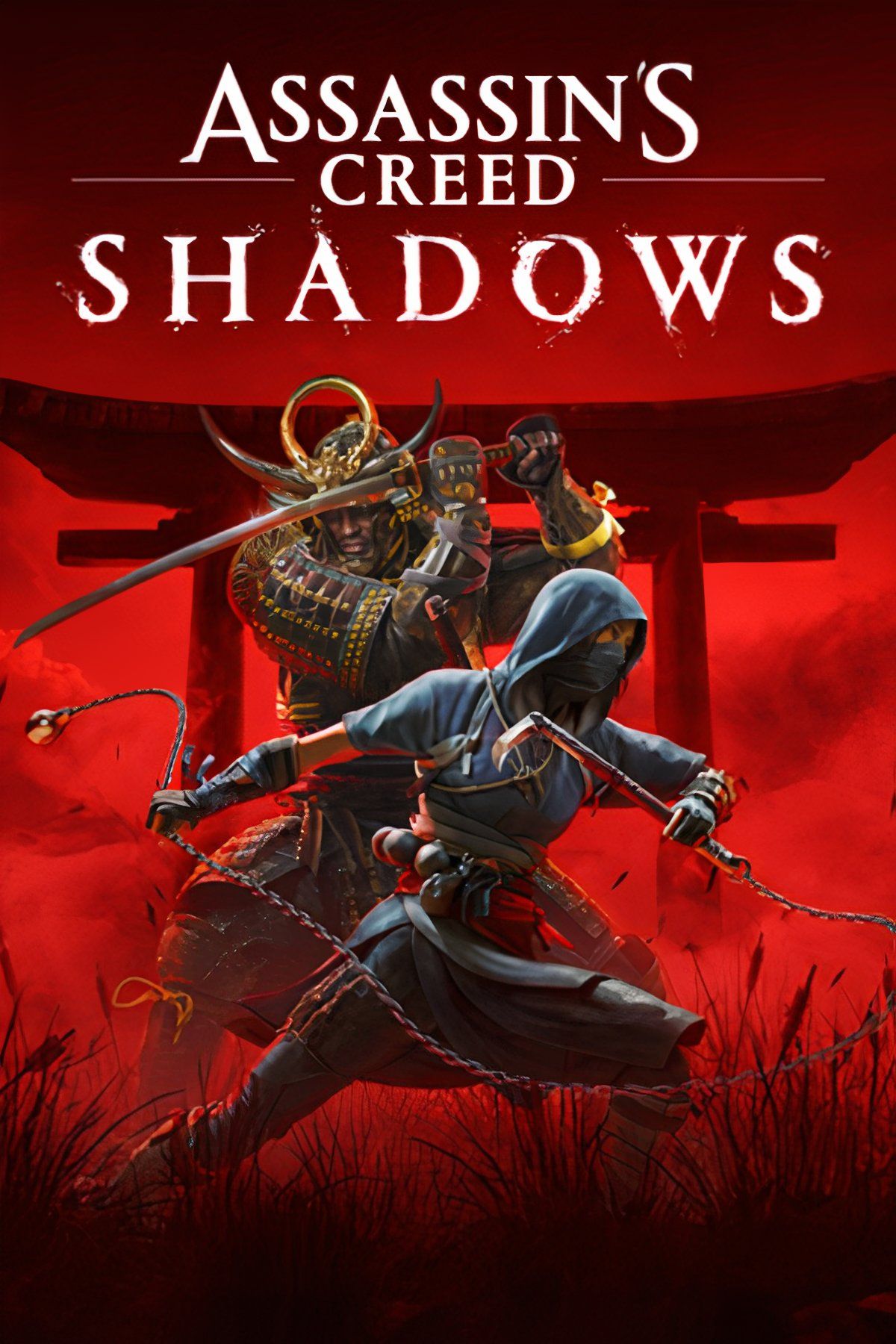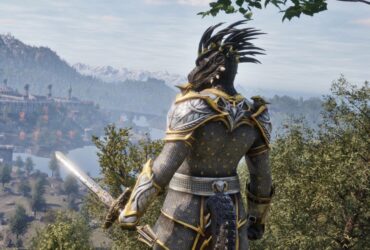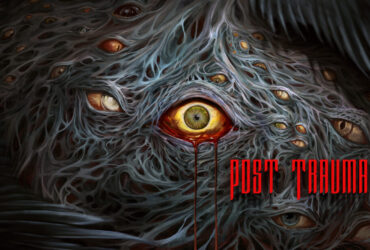Every mainline Assassin’s Creed game (and most of the series’ spinoffs) has used an open-world structure, and every one has tried to fill that open-world with as much content as possible. This abundance of content hasn’t always resulted in the most satisfying open-world experience, however. For every naval fort and Templar Hunt in Assassin’s Creed: Black Flag there were 100 feathers to find in Assassin’s Creed 2. Assassin’s Creed Shadows has its fair share of open-world activities.
Much like Origins, Odyssey, and Valhalla before it, Assassin’s Creed Shadows‘ open-world is absolutely gigantic, and it’s packed to the brim with things to do. From 109 Viewpoints to synchronize with, to 36 temples with a handful of hidden scrolls each, every inch of Assassin’s Creed Shadows‘ map has something for players to explore and tick off their ever-growing list of things to complete. But by far one of Shadows‘ most engaging side activities is its Kuji-kiri quests, which do a great job of merging both gameplay and narrative.

Related
How Assassin’s Creed Shadows Explores the Tenets of the Creed
Assassin’s Creed Shadows does an excellent job of exploring and emphasizing the three tenets of the Creed in its story, characters, and gameplay.
How Assassin’s Creed Shadows’ Kuji-Kiri Blends Gameplay and Narrative
Kuji-Kiri Is a Way for Naoe to Focus Her Mind
Also referred to as the “Nine Hand Seals,” Kuji-in is the practice of meditating while performing a series of distinct hand gestures, which is believed to have originated among followers of Taoism. Kuji-kiri is a similar practice, but rather than making nine hand gestures, followers make nine “cutting” motions, either in the air with their hands or on paper using a brush.
In Assassin’s Creed Shadows, Naoe uses Kuji-kiri to focus her mind, clear her racing thoughts, and remember the past. As she performs each consecutive cut, the world dims around her, and the dull bell chime that echoes each time her hands move grows ever so slightly louder. This repeats until the world loses its color, Naoe’s fears and responsibilities are temporarily forgotten, and the young shinobi is able to relive her memories.
Kuji-Kiri’s Gameplay Mechanics Encourage Players to do the Same
Assassin’s Creed Shadows encourages players to go on a similar emotional journey to Naoe’s in these moments. When the Kuji-kiri minigame begins, players are prompted to press four buttons in a row, in time with the sound of bell chimes.
As players continue to press the correct series of buttons in time with the sounds, they’re encouraged to deepen their concentration. The second pass removes the button indicators from the screen, requiring players to memorize the inputs. Then the third pass gradually fades the on-screen prompts entirely, requiring the player to focus on nothing else but the sound and rhythm they’ve been slowly building. Both Naoe and the player are focused on exactly the same thing, marking a lovely moment of synergy between narrative and gameplay, player and protagonist.
The Player’s Patience Is Quickly Rewarded
This merging of gameplay and narrative is also present in what follows Assassin’s Creed Shadows‘ Kuji-kiri minigame. After the world turns black-and-white, players are presented with a flashback sequence that details more of Naoe’s past, shedding light on her upbringing and her relationship with characters like her father, Nagato, and her mentor, Momochi Sandayu. These flashback sequences reward the player quickly with interesting narrative revelations.
Kuji-kiri sequences also reward the player from a gameplay standpoint, granting them a Knowledge Point upon completion and plenty of XP, both of which can be used to unlock new skills for Naoe. These rewards are the cherry on top of one of Assassin’s Creed Shadows‘ best side activities.

- Released
-
March 20, 2025
- ESRB
-
Mature 17+ // Blood and Gore, Intense Violence, Language












Leave a Reply